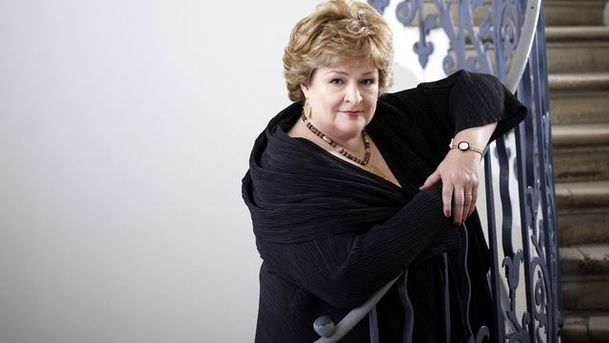The Early Music Show - Caravaggio and Music

2010 marks the 400th anniversary of the death of the painter Caravaggio, and on today's programme, Catherine Bott talks to the art critic, writer and broadcaster Andrew Graham-Dixon about the Italian master, and some of the musical references found in his work. In terms of religion, Caravaggio was born in troubled times, and losing many members of his family to the plague when he was a child left him psychologically scarred. Caravaggio led a rather shadowy, some might say dissolute life, and spent the last years of his life on the run after killing a man in Rome. His paintings are considered by some to be the real beginnings of Baroque art, full of light and shade, and often quite macabre and gruesome in content. Andrew Graham Dixon, who has just written a new book about Caravaggio, puts some of the painter's most famous works into the context of his fascinating life, alongside a soundtrack of music from the time by Monteverdi, Gesualdo, Cavalieri and Caccini. He and Catherine Bott also look in detail at three of Caravaggio's "musical" paintings: "The Lute Player", "The Musicians" and the troublesome "Amor vincit omnia".